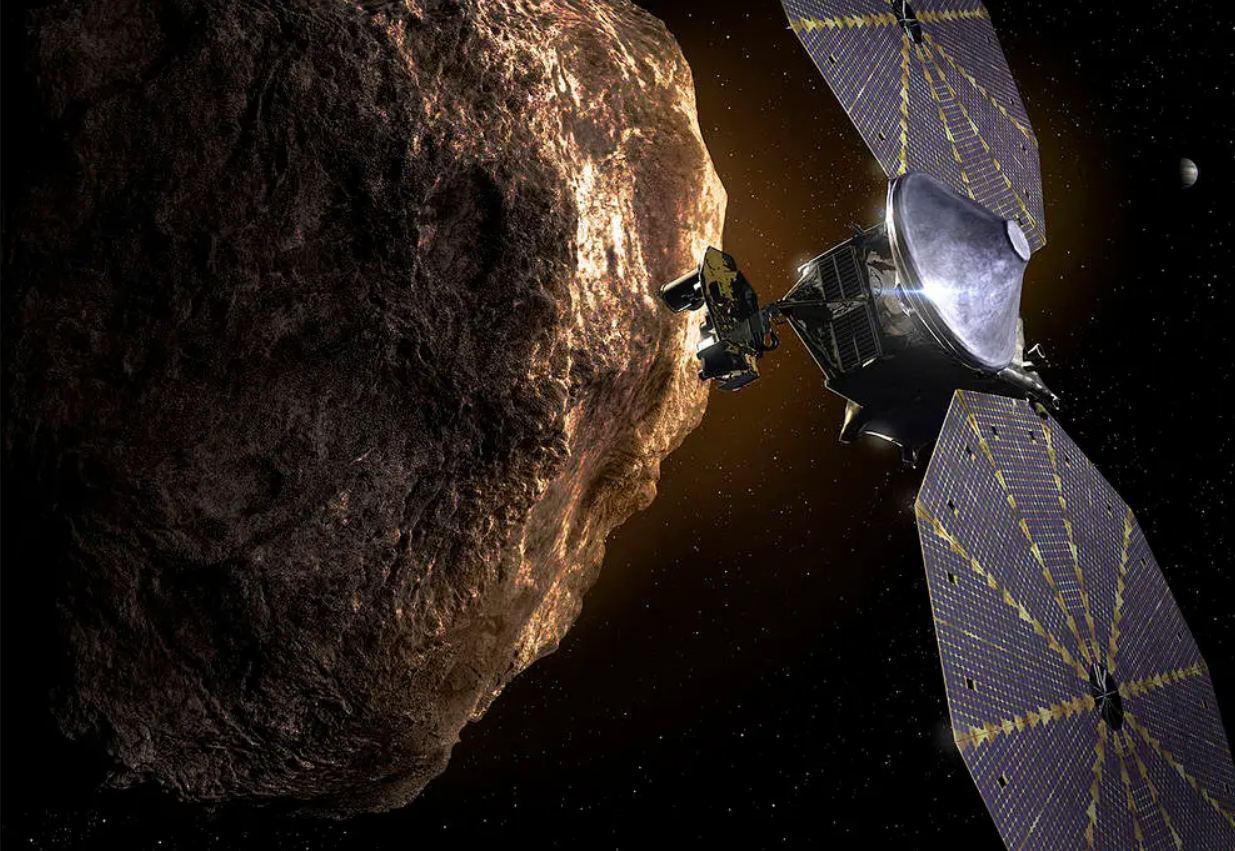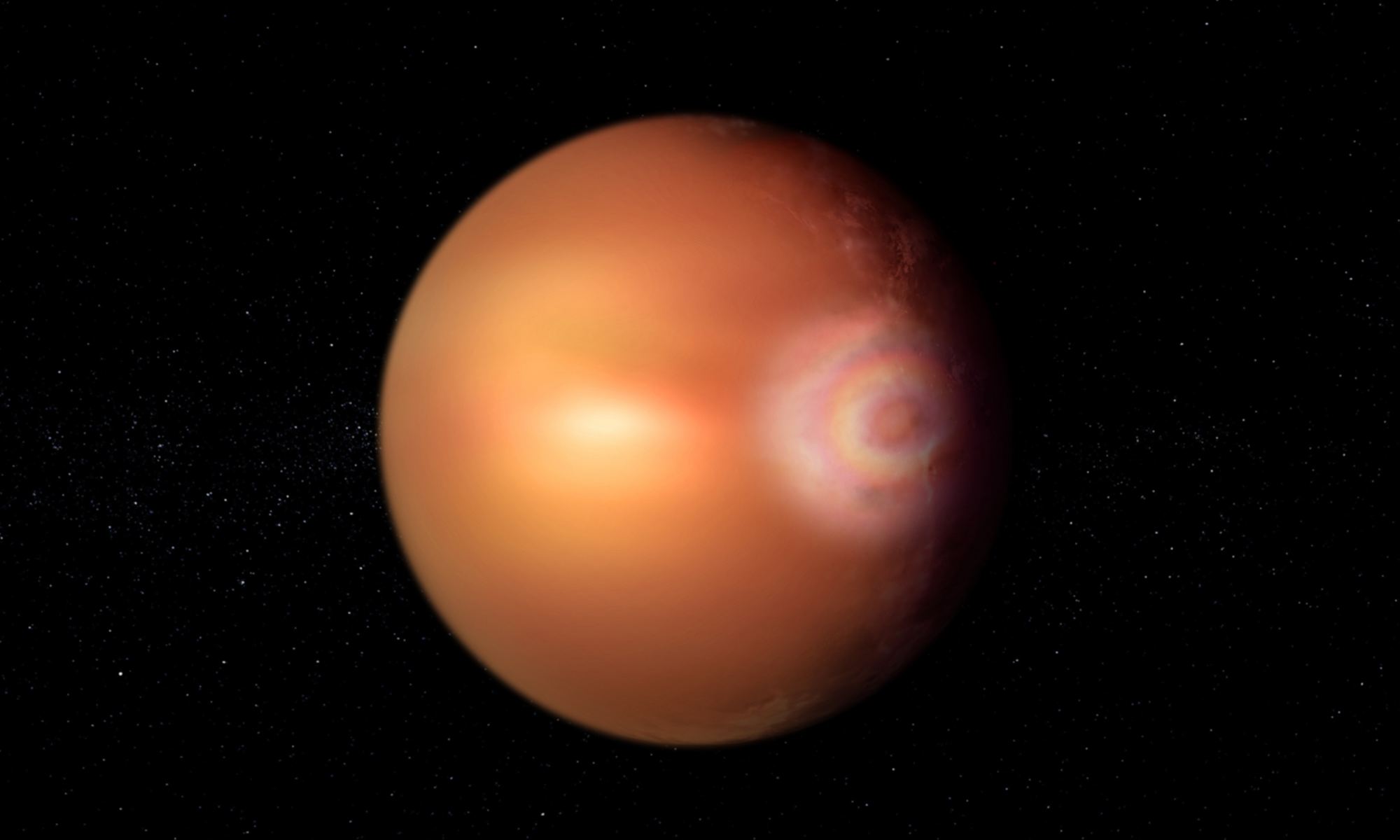Missions to asteroids have been on a tear recently. Visits by Rosetta, Osirix-REX, and Hayabusa2 have all visited small bodies and, in some cases, successfully returned samples to the Earth. But as humanity starts reaching out to asteroids, it will run into a significant technical problem – bandwidth. There are tens of thousands of asteroids in our vicinity, some of which could potentially be dangerous. If we launched a mission to collect necessary data about each of them, our interplanetary communication and control infrastructure would be quickly overwhelmed. So why not let our robotic ambassadors do it for themselves – that’s the idea behind a new paper from researchers at the Federal University of São Paulo and Brazil’s National Institute for Space Research.
Continue reading “If We Want to Visit More Asteroids, We Need to Let the Spacecraft Think for Themselves”Testing a Probe that Could Drill into an Ice World
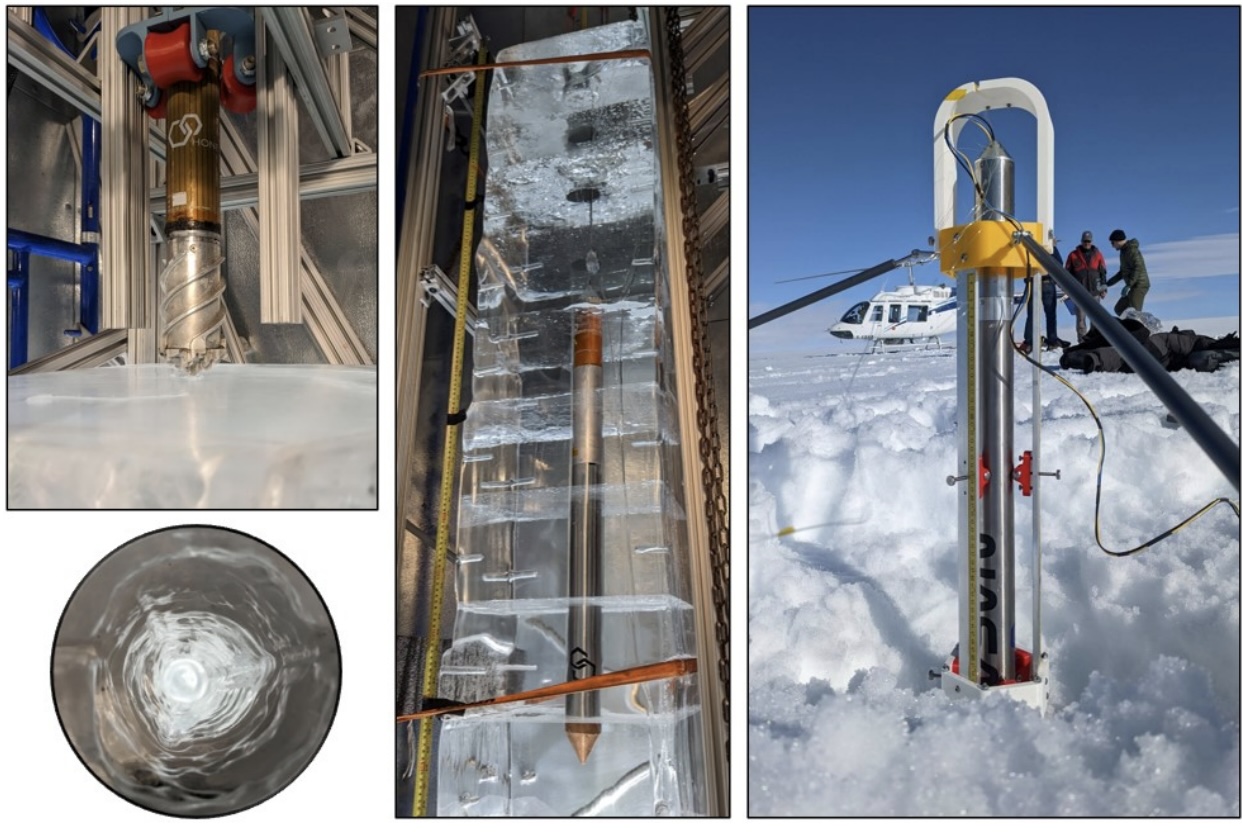
I remember reading about an audacious mission to endeavour to drill through the surface ice of Europa, drop in a submersible and explore the depths below. Now that concept may be taking a step closer to reality with researchers working on technology to do just that. Worlds like Europa are high on the list for exploration due to their potential to harbour life. If technology like the SLUSH probe (Search for Life Using Submersible Head) work then we are well on the way to realising that dream.
Continue reading “Testing a Probe that Could Drill into an Ice World”What Could We Build With Lunar Regolith?

It has often been likened to talcum powder. The ultra fine lunar surface material known as the regolith is crushed volcanic rock. For visitors to the surface of the Moon it can be a health hazard, causing wear and tear on astronauts and their equipment, but it has potential. The fine material may be suitable for building roads, landing pads and shelters. Researchers are now working to analyse its suitability for a number of different applications.
Continue reading “What Could We Build With Lunar Regolith?”The World's Largest Digital Camera is Complete. It Will Go Into the Vera Rubin Observatory
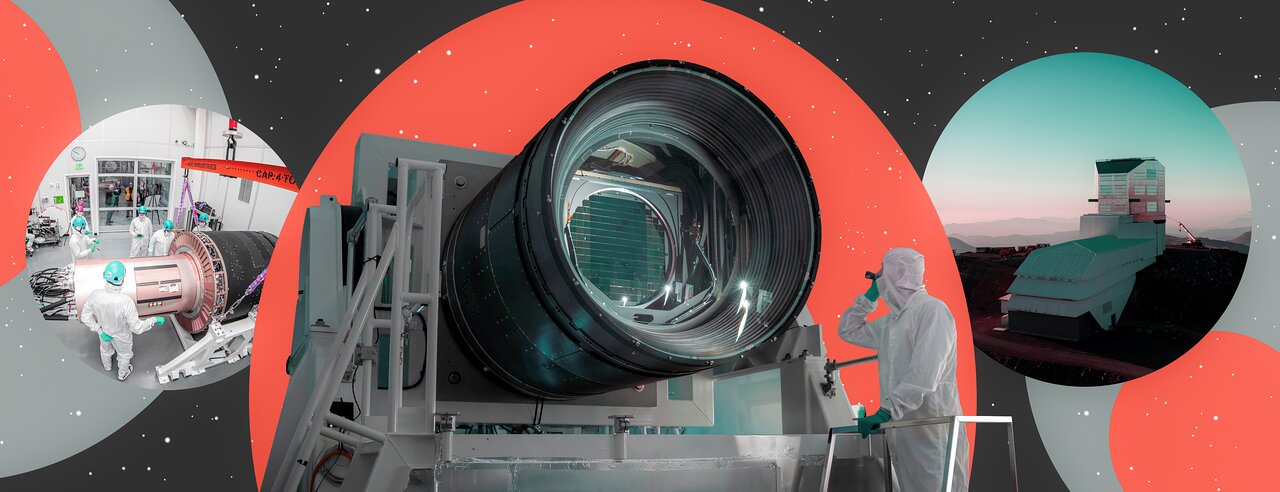
The Vera C. Rubin Observatory, formerly the Large Synoptic Survey Telescope (LSST), was formally proposed in 2001 to create an astronomical facility that could conduct deep-sky surveys using the latest technology. This includes a wide-field reflecting telescope with an 8.4-meter (~27.5-foot) primary mirror that relies on a novel three-mirror design (the Simonyi Survey Telescope) and a 3.2-megapixel Charge-Coupled Device (CCD) imaging camera (the LSST Camera). Once complete, Rubin will perform a 10-year survey of the southern sky known as the Legacy Survey of Space and Time (LSST).
While construction on the observatory itself did not begin until 2015, work began on the telescope’s digital cameras and primary mirror much sooner (in 2004 and 2007, respectively). After two decades of work, scientists and engineers at the Department of Energy’s (DOE) SLAC National Accelerator Laboratory and their collaborators announced the completion of the LSST Camera – the largest digital camera ever constructed. Once mounted on the Simonyi Survey Telescope, this camera will help researchers observe our Universe in unprecedented detail.
Continue reading “The World's Largest Digital Camera is Complete. It Will Go Into the Vera Rubin Observatory”The First Atmospheric Rainbow on an Exoplanet?
When light strikes the atmosphere all sorts of interesting things can happen. Water vapor can split sunlight into a rainbow arc of colors, corpuscular rays can stream through gaps in clouds like the light from heaven, and halos and sundogs can appear due to sunlight reflecting off ice crystals. And then there is the glory effect, which can create a colorful almost saint-like halo around objects.
Continue reading “The First Atmospheric Rainbow on an Exoplanet?”Roman Will Learn the Ages of Hundreds of Thousands of Stars
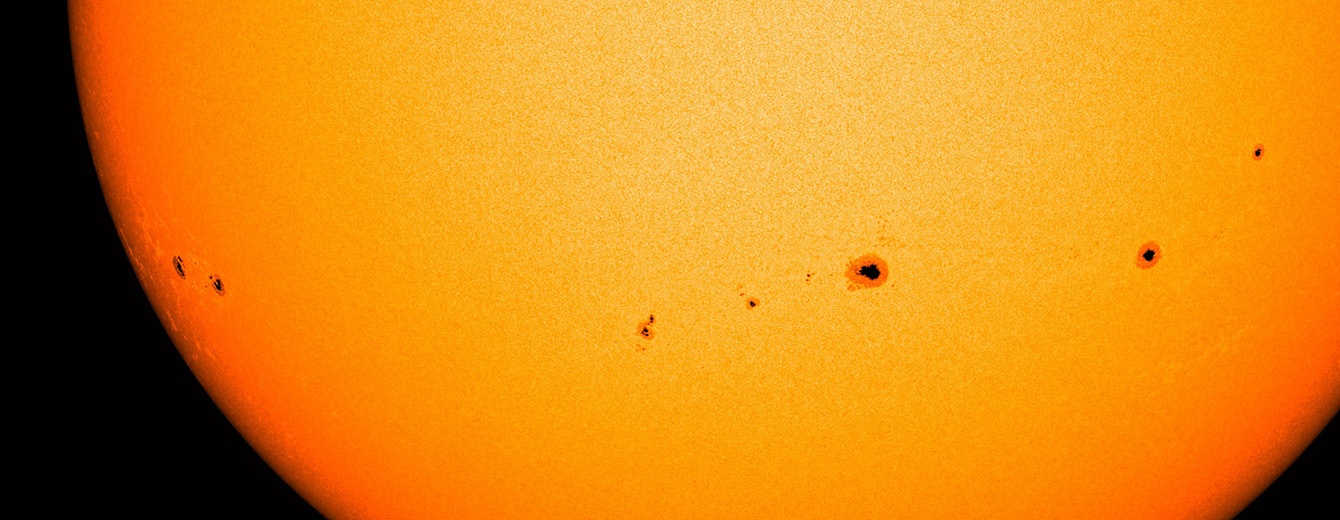
Astronomers routinely provide the ages of the stars they study. But the methods of measuring ages aren’t 100% accurate. Measuring the ages of distant stars is a difficult task.
The Nancy Grace Roman Space Telescope should make some progress.
Continue reading “Roman Will Learn the Ages of Hundreds of Thousands of Stars”Webb Sees a Galaxy Awash in Star Formation
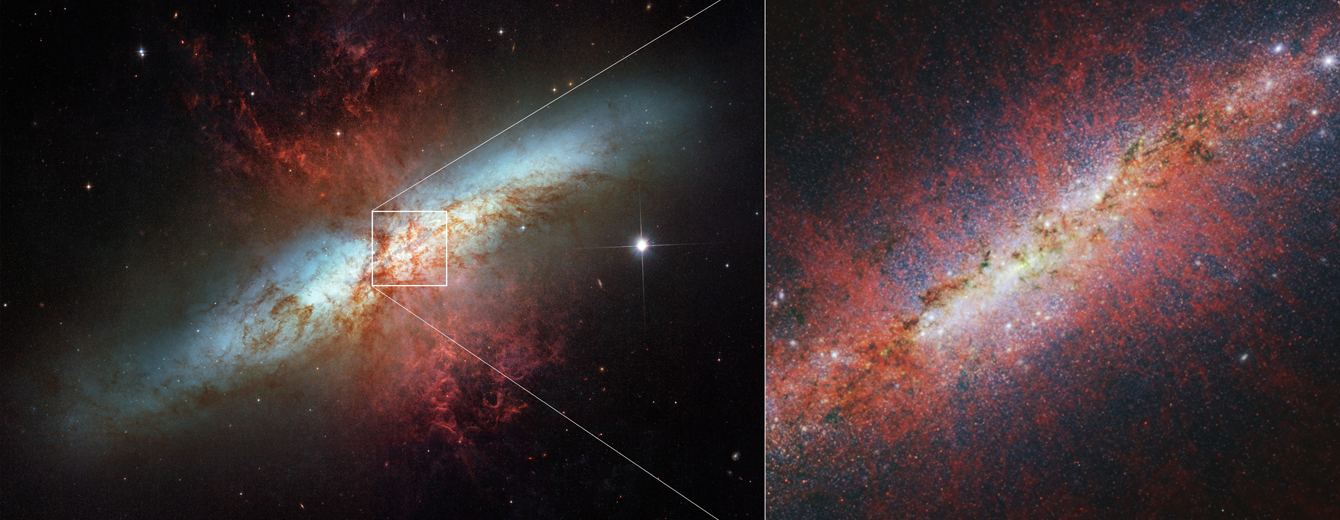
Since it began operations in July 2022, the James Webb Space Telescope (JWST) has fulfilled many scientific objectives. In addition to probing the depths of the Universe in search of galaxies that formed shortly after the Big Bang, it has also provided the clearest and most detailed images of nearby galaxies. In the process, Webb has provided new insight into the processes through which galaxies form and evolve over billions of years. This includes galaxies like Messier 82 (M82), a “starburst galaxy” located about 12 million light-years away in the constellation Ursa Major.
Also known as the “Cigar Galaxy” because of its distinctive shape, M82 is a rather compact galaxy with a very high star formation rate. Roughly five times that of the Milky Way, this is why the core region of M82 is over 100 times as bright as the Milky Way’s. Combined with the gas and dust that naturally obscures visible light, this makes examining M82’s core region difficult. Using the extreme sensitivity of Webb‘s Near-Infrared Camera (NIRCam), a team led by the University of Maryland observed the central region of this starburst galaxy to examine the physical conditions that give rise to new stars.
Continue reading “Webb Sees a Galaxy Awash in Star Formation”The Stellar Demolition Derby in the Centre of the Galaxy
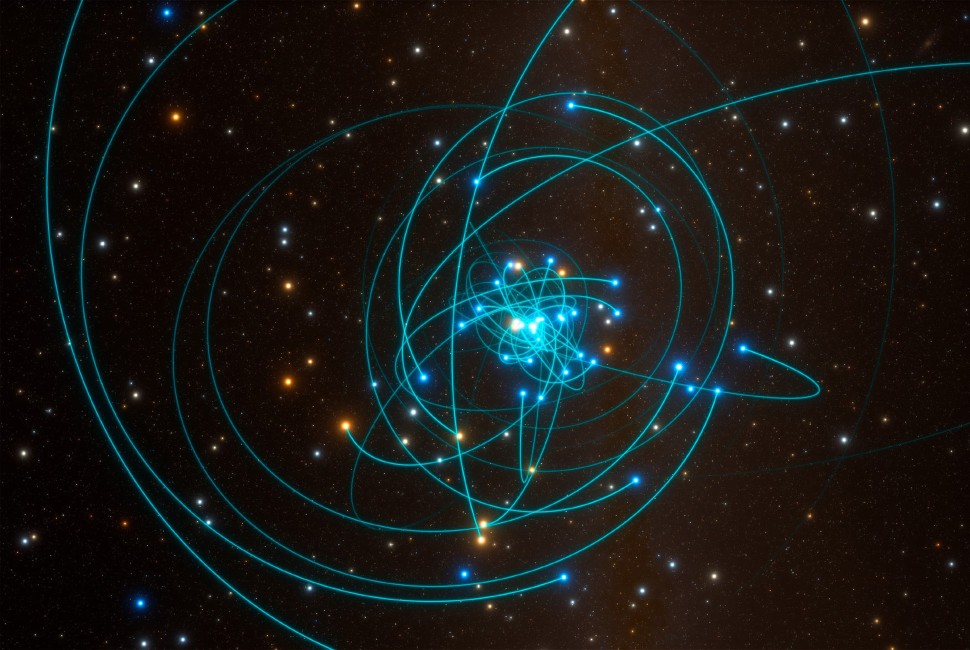
The region near the Milky Way’s centre is dominated by the supermassive black hole that resides there. Sagittarius A*’s overwhelming gravity creates a chaotic region where tightly packed, high-speed stars crash into one another like cars in a demolition derby.
These collisions and glancing blows change the stars forever. Some become strange, stripped-down, low-mass stars, while others gain new life.
Continue reading “The Stellar Demolition Derby in the Centre of the Galaxy”A New Map Shows the Universe’s Dark Energy May Be Evolving
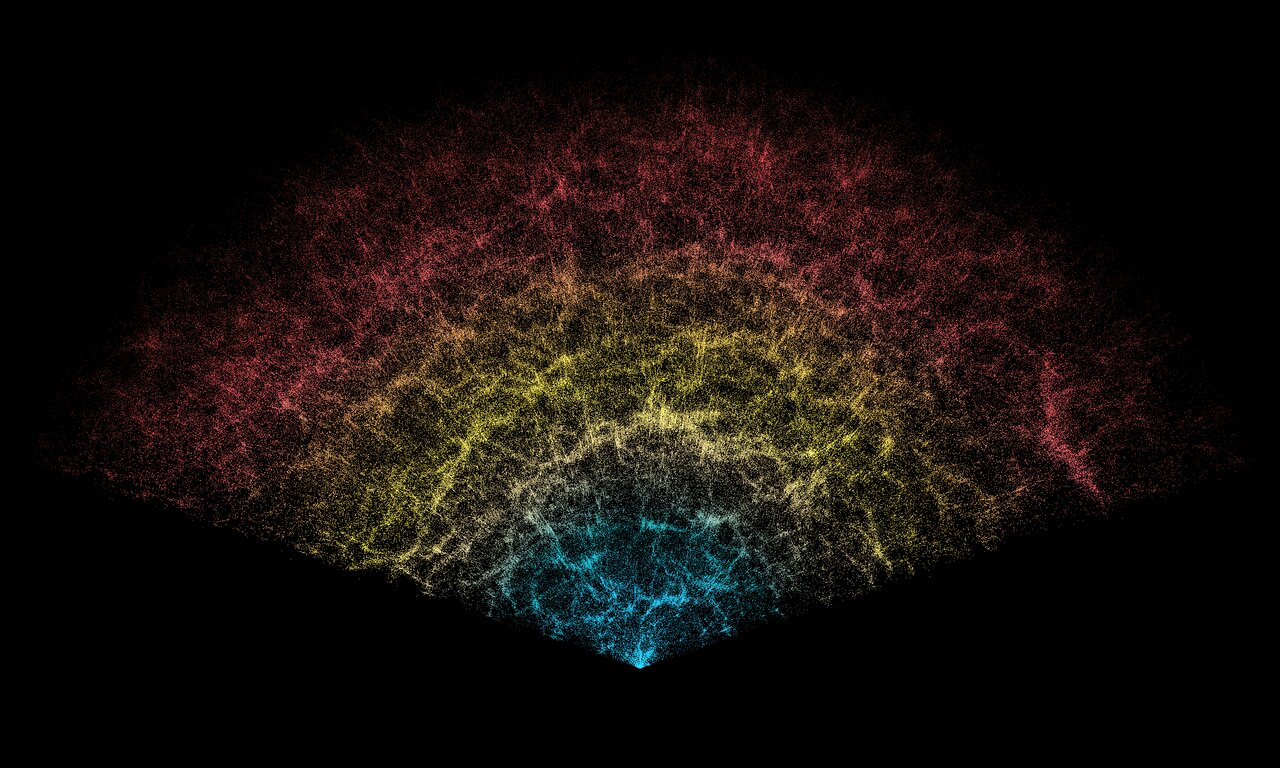
At the Kitt Peak National Observatory in Arizona, an instrument with 5,000 tiny robotic eyes scans the night sky. Every 20 minutes, the instrument and the telescope it’s attached to observe a new set of 5,000 galaxies. The instrument is called DESI—Dark Energy Survey Instrument—and once it’s completed its five-year mission, it’ll create the largest 3D map of the Universe ever created.
But scientists are getting access to DESI’s first data release and it suggests that dark energy may be evolving.
Continue reading “A New Map Shows the Universe’s Dark Energy May Be Evolving”Why is it so hard to drill off Earth?

Humans have been digging underground for millennia – on the Earth. It’s where we extract some of our most valuable resources that have moved society forward. For example, there wouldn’t have been a Bronze Age without tin and copper – both of which are primarily found under the ground. But when digging under the ground on celestial bodies, we’ve had a much rougher time. That is going to have to change if we ever hope to utilize the potential resources that are available under the surface. A paper from Dariusz Knez and Mitra Kahlilidermani of the University of Krakow looks at why it’s so hard to drill in space – and what we might do about it.
Continue reading “Why is it so hard to drill off Earth?”
